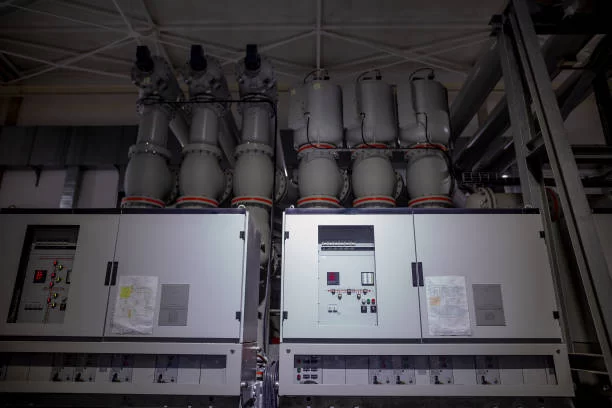Exploring the Benefits of Microgrids for Commercial Enterprises: Enhancing Energy Resilience and Cost Efficiency
Introduction
Microgrids are becoming an increasingly popular solution for commercial enterprises looking to enhance their energy resilience and reduce costs. These localized energy systems provide a reliable alternative to traditional energy sources, ensuring businesses can continue operations during power outages while also optimizing energy efficiency.

The Role of Microgrids in Energy Resilience
One of the main advantages of microgrids is their ability to operate independently from the main grid. This capability, known as “islanding,” allows businesses to maintain continuous power even during grid failures. For enterprises in regions prone to natural disasters or power instability, microgrids offer a critical layer of resilience, ensuring minimal disruption to operations.
Cost Efficiency of Microgrids
In addition to energy resilience, microgrids can significantly reduce operational costs. By generating and storing electricity locally, businesses can avoid peak grid rates and optimize energy consumption. Furthermore, microgrids enable the integration of renewable energy sources like solar or wind, further reducing reliance on expensive and fluctuating utility prices.
Microgrids and Sustainability
Microgrids also play a vital role in promoting sustainability. By incorporating renewable energy sources, businesses reduce their carbon footprint while benefiting from cleaner energy. This aligns with corporate social responsibility goals and regulatory requirements for reducing greenhouse gas emissions.
Case Study: Microgrids in Action
A notable example of microgrid implementation is a large commercial enterprise in California that faced frequent power outages due to wildfires. By installing a solar-powered microgrid with battery storage, the company ensured uninterrupted operations, reduced energy costs by 30%, and made strides in sustainability by cutting their carbon emissions by 50%.
Conclusion
Microgrids offer commercial enterprises a pathway to enhanced energy resilience, cost savings, and sustainability. By integrating renewable energy sources and reducing reliance on traditional grids, businesses can protect themselves from power disruptions while also promoting a greener future.
